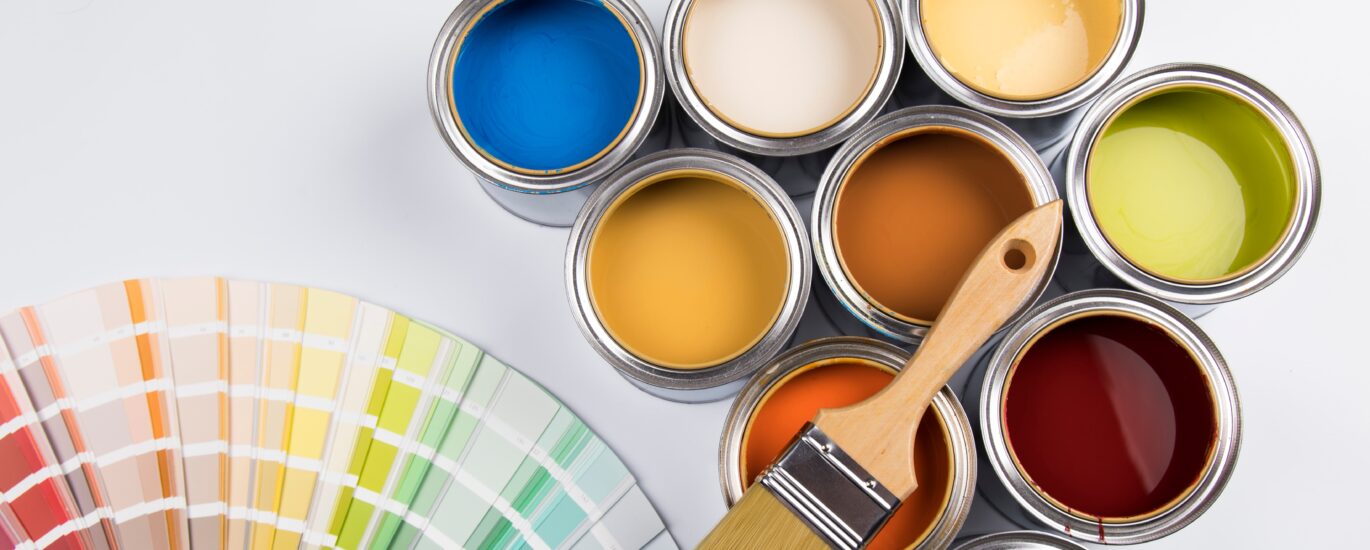The U.S. non-commercial acrylic paints induatry is expected to exceed US$ 276.7 million by 2022. The market is expected to reach US$ 369.0 million by 2028, growing at a robust 4.9% CAGR.
The South US is regarded as an important consumer market in the US landscape of non-commercial acrylic paint due to a big end-user base, with an above-average growth rate projected in the near future.
While heavy-body acrylics continue to be the most popular due to their brilliant colors, excellent coverage, and quick drying times, the report anticipates that their use in canvas and paper-based applications will increase. Non-commercial acrylic paint application on canvas accounts for more than one-third of total paint consumption, while it accounts for more than 40% on paper and wood.
Request Your Sample Report Now! https://www.futuremarketinsights.com/reports/sample/rep-gb–9435
DIY Activities Are Providing a Significant Push to Market Growth
The report opines that the key applications of non-commercial acrylic paint across the US include canvas, paper, and wood, with artifacts designed by professional artists and students. With the advent of DIY crafts and hobby activities, other substrates such as metal and ceramics are also likely to present a range of lucrative opportunities for the usage of non-commercial acrylic paints.
The growth and emergency of non-commercial acrylic paints in the US is prominently attributed to the growth of DIY-based artifacts and finished products, and considerable investments by academic institutions in skill development programs, imbibing non-commercial acrylic paints to a significant degree.
Apart from academic and commercial artefacts, non-commercial acrylic paints are particularly gaining popularity in home interior design, and additional design in terracotta and pottery items, thus creating additional scope of value addition for designers.
Over 60% of Non-commercial Acrylic Paint Consumed in the US is Artist-grade
FMI has bifurcated the US market for non-commercial acrylic paint into two commonly available grades – viz. artist grade (high concentration of acrylic resin for slow drying sales channels) and student grade (low concentration of acrylic resin for fast drying sales channels).
The varied degree of fast or slow drying rate immensely helps professional artists when designing a paint for a long-duration process or relatively short duration of finishing the paintwork applied.
Currently, more than 3/5th of the total consumption of non-commercial acrylic paint in the US is accounted by artist-grade paint. However, the dramatically increasing number of students developing interest in painting and related career options will translate into relatively higher opportunities for student-grade non-commercial acrylic paint in the US, as suggested by FMI’s analysis.
The market share of offline sales channels in the US non-commercial acrylic paint market is likely to remain clearly dominant over that of online sales channels. However, the report also points to a growing revenue share of online stores, which is expected to outpace in terms of rate of growth, over the coming years.
Get Started with Your Customization: https://www.futuremarketinsights.com/customization-available/rep-gb–9435
US Non-Commercial Acrylic Paints Market: Vendor Insights
The non-commercial acrylic paints market in the US is observed to be a fairly consolidated market, with the aggregate market share of tier-1 level established players more than half of the overall market value. Aggressive marketing, product development, and consolidation of sales and service footprint will reportedly be the key developmental strategies of leading players in the US non-commercial acrylic paints market.
The report highlights some of the prominent companies that are operating in the US non-commercial acrylic paints market, such as Liquitex Artist Materials, Decoart Inc., Winsor & Newton, Reeves, Faber-Castell, Plaid, Crafts 4 All, Koninklijke Royal Talens B.V., Golden Artist Colors, Inc., Croma Atlier, M. Graham & Co., and PEBEO SAS.
Key Segmentation
By Type:
- Fluid Acrylics
- Heavy-Body Acrylics
- Slow-Drying Agents
By Grade:
- Artist Grade
- Student Grade
By Application
- Wood
- Metal
- Fabrics
- Ceramics
- Canvas
- Paper
By Sales Channel
- Online
- Offline
By Region:
- South
- Midwest
- Northeast
- West
About Future Market Insights (FMI)
Future Market Insights, Inc. (ESOMAR certified, recipient of the Stevie Award, and a member of the Greater New York Chamber of Commerce) offers profound insights into the driving factors that are boosting demand in the market. FMI stands as the leading global provider of market intelligence, advisory services, consulting, and events for the Packaging, Food and Beverage, Consumer Technology, Healthcare, Industrial, and Chemicals markets. With a vast team of over 5000 analysts worldwide, FMI provides global, regional, and local expertise on diverse domains and industry trends across more than 110 countries.
Contact Us:
Future Market Insights Inc.
Christiana Corporate, 200 Continental Drive,
Suite 401, Newark, Delaware – 19713, USA
T: +1-845-579-5705
For Sales Enquiries: sales@futuremarketinsights.com
Website: https://www.futuremarketinsights.com
LinkedIn| Twitter| Blogs | YouTube

